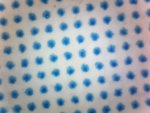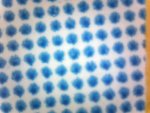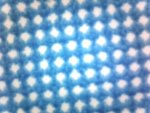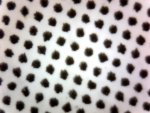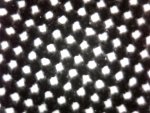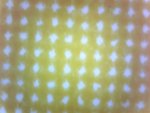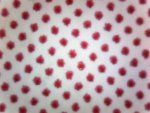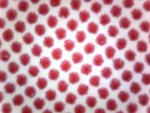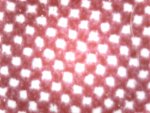You have some serious problems.
I don't know what you mean by calibrating the press.
I mean that the press was calibrated, such as roller strip (ink & water), packing, fountain solution, hardness of roller, etc.
What I would do is start again from the beginning.
I overprinted the curves to make the problem more clear.
Notice the shape and clustering of the target curve (solid line) compared to the response you got on press for each color.
You should not try and fix that problem with more curves.
You need to find out if you have an ink lay down problem (which IMHO you do) or a plate curve problem - or a combination of both.
We using the same brand of ink this time and which get the correct dot gain in last test.
Do not know IMHO meaning, please educate me.
Would you advise what would be the causes affect the color lay down?
You should output either uncalibrated (no curves) or linear plates.
We use the linear plate and the plate was checked before production, we did not apply any compensation curve in plate output.
Print them to the appropriate densities don't be concerned with grey balance or dot gain.
During the printing, we reach the aim target, actually, we use the ink density for production process control and after reach the target density, we will verify with the Lab value as well.
Measure the SIDs, overprint traps, and dot gains.
If your inks are laying down properly you should get good solids (no voids/white specs), good trap values, and curves that have are clustered near each other and that have a similar shape. The shape and ink coverage of the dots should be similar to what is on the plates (your dots show signs of over emulsification).
The pH value, conductivity and temperature of fountain also verified before testing.
After reaching the SID, and verify with LAB value, we found the TVI curve was abnormal, we tried to give more ink to check the TVI respond (keep the SID/Lab with in aim tolerances).
I need to point out that we allow a large tolerances on primary color (delta 6) and TVI (5%) because we need time to pick the experience on this.
If the curves end up being like the ones you posted (shapes are all different) then you have an ink lay down problem that needs to be fixed. If the curves are nested together then you can apply curves to achieve the tone values that you want.
More info here:
Quality In Print: The principle of dot gain compensation plate curves
best, gordon p



